Charles Lutwidge Dodgson, better known by his pen name Lewis Carroll, was an English author, poet, mathematician, photographer, and reluctant Anglican deacon. His most notable works are Alice’s Adventures in Wonderland and its sequel Through the Looking-Glass. – Wikipedia
Lewis Carroll was born in January 1832, only five and a half years before Victoria became the queen of England on June 20, 1837. When he died in January 1898, just two weeks short of his 66th birthday, he had lived his entire life in a society characterized by strict social hierarchies and a rigid class structure, with clear lines drawn between the upper, middle, and working classes.
He wrote Alice’s Adventures in Wonderland” in 1865. It is not difficult to imagine how society of only one hundred sixty years ago, was still held captive by ancient tradition and puritanical perceptions of what was good or evil. In America we had just emerged from a Civil War and we buried an assassinated President. Yes, America was in turmoil, but the rest of western civilization was also dealing with already old and tired social norms perpetuated by Victorian England. And things were about to change.
The most dramatic change came with Carroll’s novel characters. Each one a member of a calamitous group of personalities found in Wonderland.
It was the social norms that prompted Carroll to write whimsical children’s tales that reflected the elements of social history. He did so with crazy characters like the White Rabbit and Blue Caterpillar.
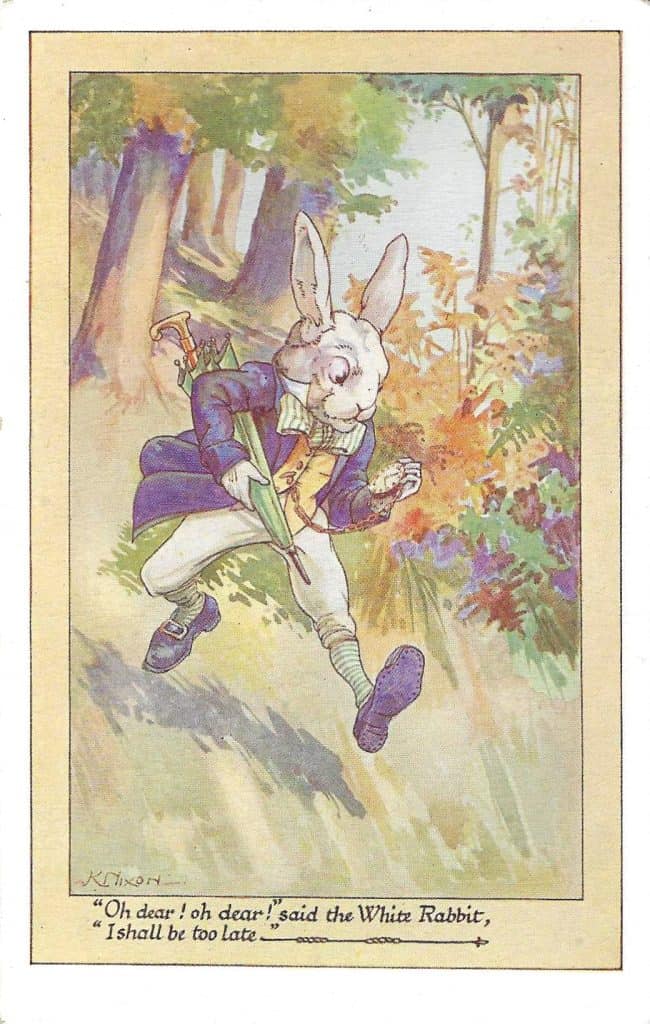
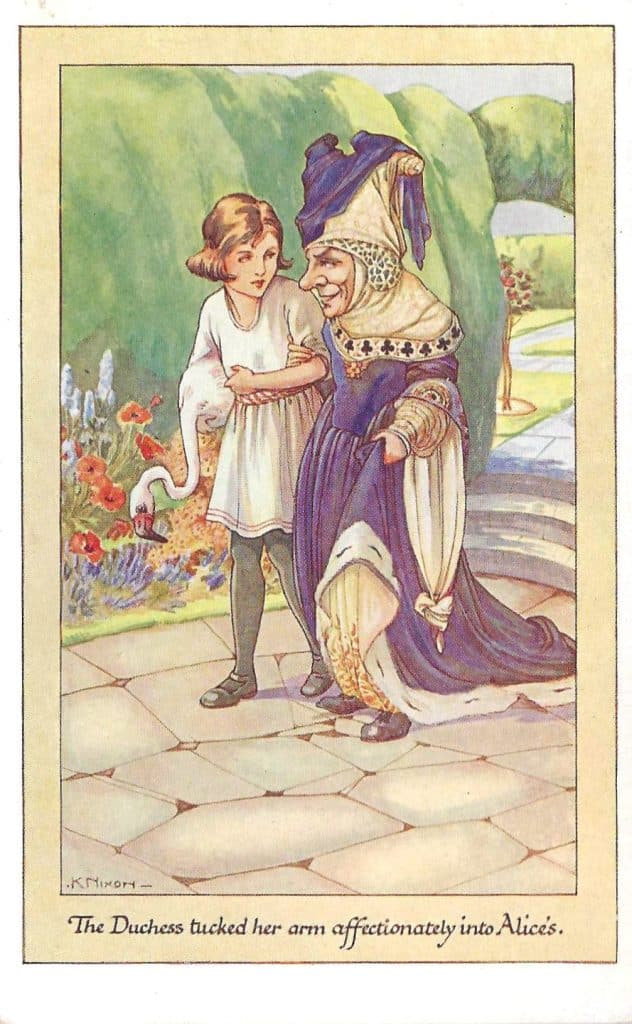
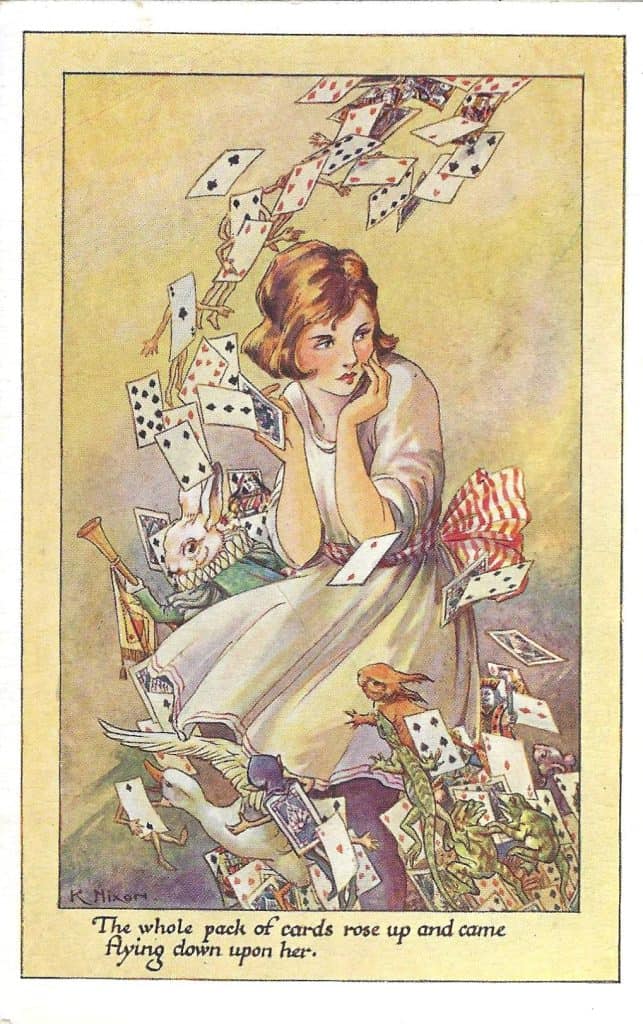
Not just the nuances, but the evolving views on childhood during that period. Up to and for a time after the late 1890s, children were often seen through the lens of social class, and their upbringing was heavily influenced by their family’s socio-economic status. For the upper classes, childhood was idyllic, a time for education, exploration, and play. In contrast, children from working-class families frequently faced harsh realities, often starting to work as early as age nine.
Within this context, the “Alice” books serve as a commentary on the innocence of childhood and the often-absurd expectations placed on them. Alice, the protagonist, embodies the curiosity and spirit that characterize childhood. However, her journey through Wonderland that is filled with illogical characters and nonsensical events, can be interpreted as a critique of Victorian expectations.
Alice encounters, in both books, an adult world that often seems arbitrary and nonsensical. Her capers reflect how adults can become lost in the rigor of societal rules that contrast sharply with a child’s natural instinct to be curious and creative.
The Victorian era also saw the emergence of children’s literature as a distinct literary genre. Prior to this, literature for children was wholly moralistic, focusing on advice aimed at being a proper adult and citizen.
Carroll’s work, however, was groundbreaking in its approach. At the time it was a minor shift, but it signified the changing attitudes toward children. Children were finally being seen as individuals deserving of their own space for creativity and expression rather than merely miniature adults.
Moreover, the character of Alice reflects the evolving role of women in Victorian society. While women were largely confined to domestic roles, Alice possesses a pronounced curiosity that challenge the norms of her time. Her adventures symbolize the expanding desires of women to seek knowledge from outside of traditional sources. This is noteworthy since Alice is not passive; she actively engages with the absurdities around her. She challenges the status quo.
The whimsy of Wonderland invites readers to engage in a dialogue about imagination, reality, and societal norms.
**
This six-postcard set (series 1819) is the work of the C. W. Faulkner Co. London.
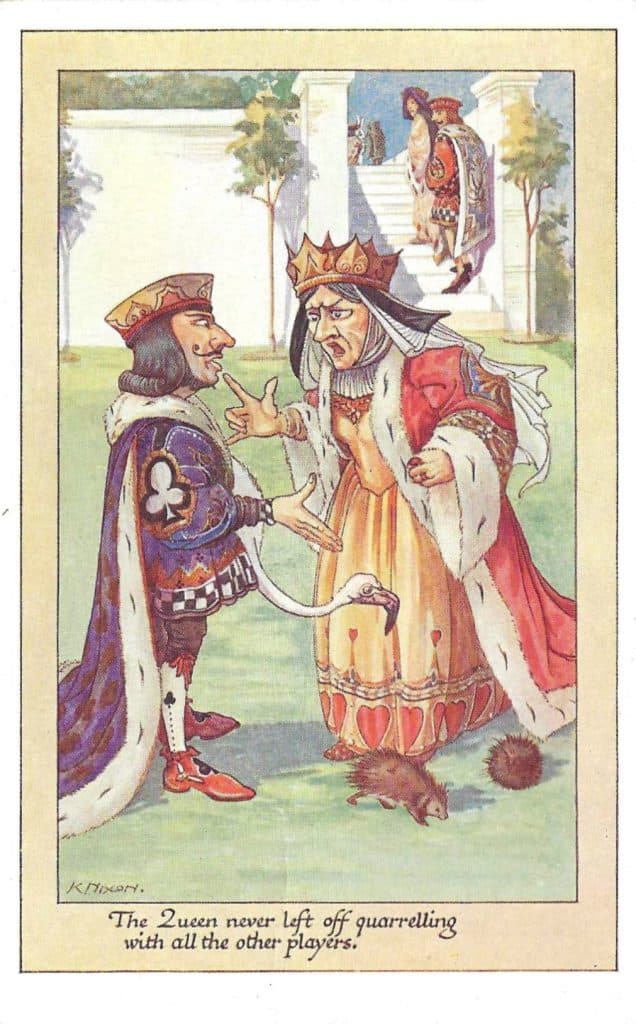
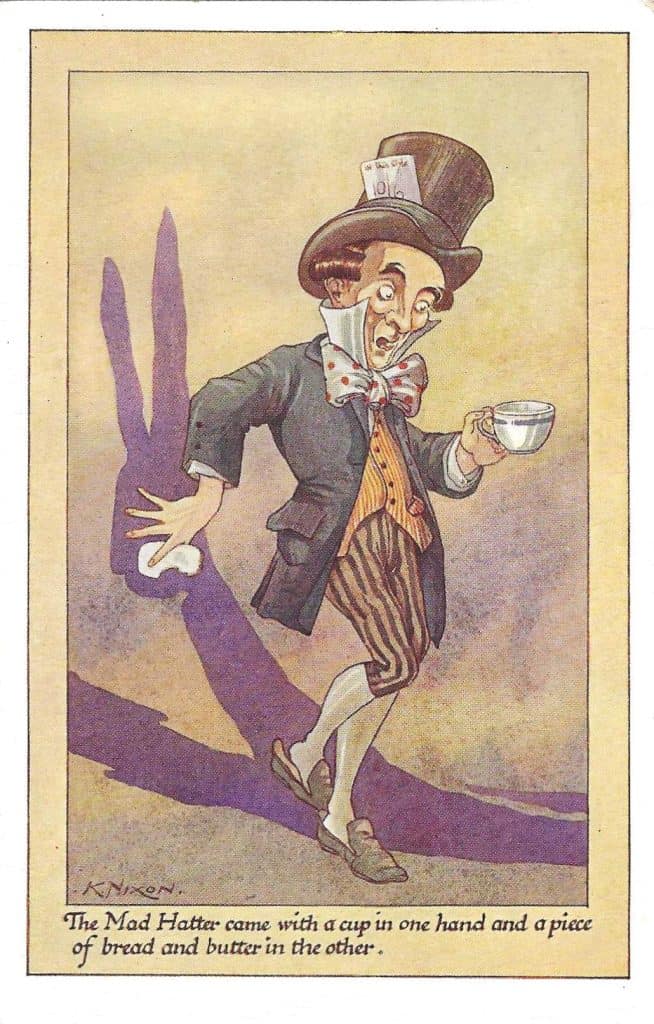
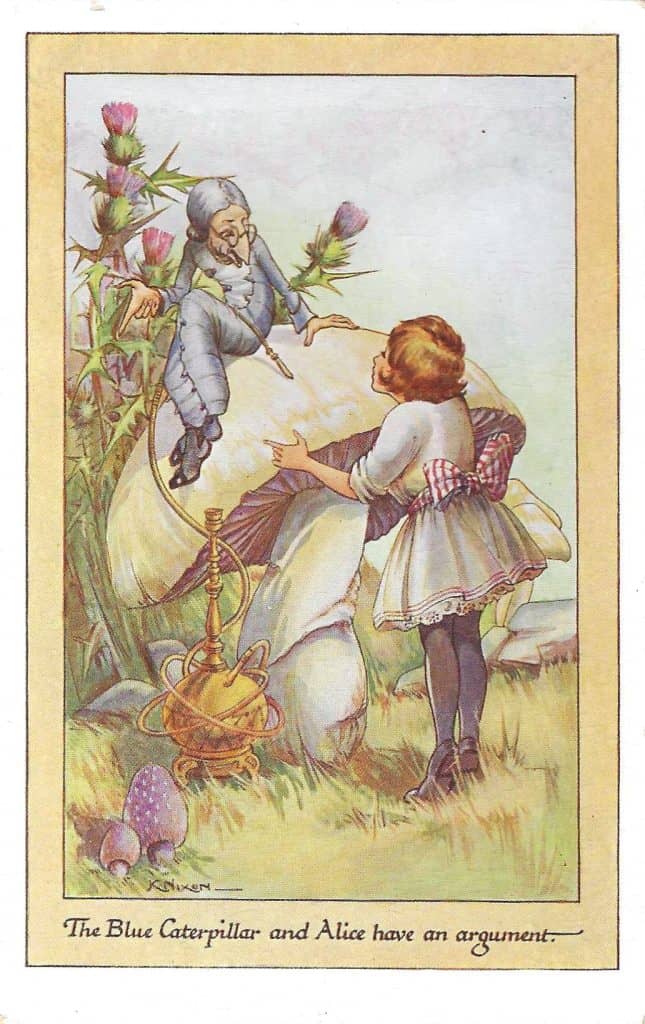
Enjoyed Alice! Thank you
The downtown location of the Cleveland Public Library has a large collection of Carroll memorabilia, and the children’s reading area was known as the Lewis Carroll Room from 1925 to ’71.
Thank you for a very informative and very nicely written article. The comments on societal norms is especially interesting. Love the postcard images, ones all new to me so thanks for sharing them.